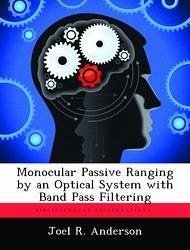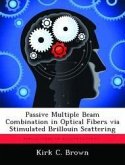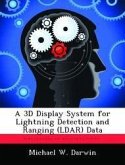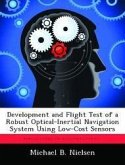An instrument for monocular passive ranging based on atmospheric oxygen absorption near 762 nm has been designed, built and deployed to track emissive targets, including the plumes from jet engines or rockets. An intensified CCD array is coupled to variable band pass liquid crystal display filter and 3.5 - 8.8 degree field of view optics to observe the target. By recording sequential images at 7 Hz in three 6 nm width bands, the transmittance of the R-branch of the O2 (X-b) (0,0) band is determined. A metric curve for determining range from transmittance is developed using the HITRAN spectral database. A low cost system was designed and ground tested at ranges of 50 -380 m using halogen and incandescent light sources, establishing an average range error of 12%. The system was first deployed for a ground test viewing an F-16 in afterburner at ranges of 0.35 - 4.8 km, establishing a range error of 15% despite the presence of optical turbulence and a structured source spectrum. Finally, the instrument was flight tested in a C-12 imaging an F-16 in afterburner at ranges up to 11 km. The target was manually tracked, and pointing jitter limited image interpretation. A study of range error as a function of signal-to-noise ratio produced superior results to previous methods using Fourier Transform Spectroscopy. However, increased signal relative to background scatter will be required for accurate ranging for these tactical air-to-air scenarios. The promise for improved instrument performance is discussed.
Hinweis: Dieser Artikel kann nur an eine deutsche Lieferadresse ausgeliefert werden.
Hinweis: Dieser Artikel kann nur an eine deutsche Lieferadresse ausgeliefert werden.








